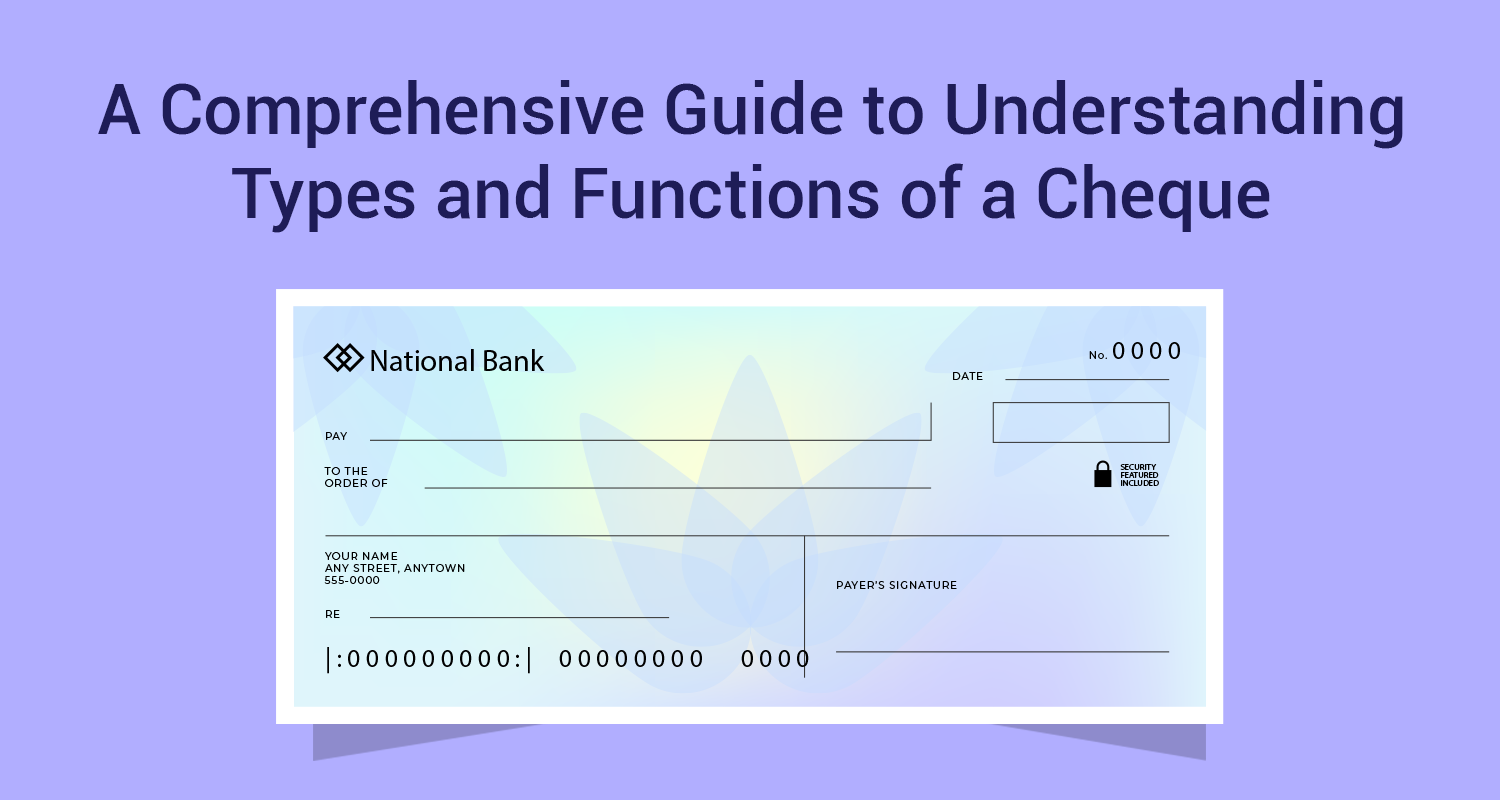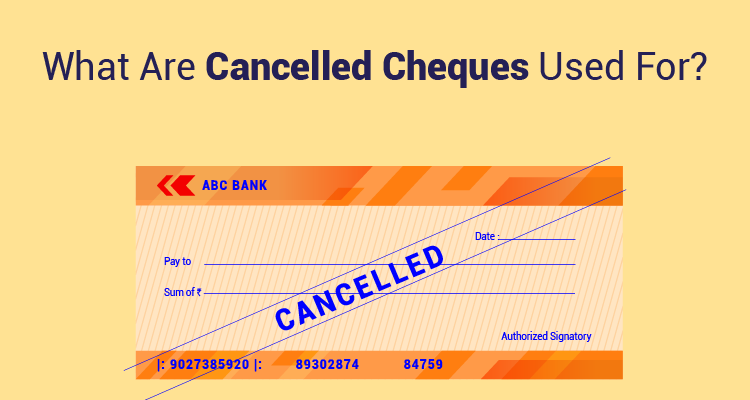What Is The Difference Between Debt Funds; Income, Short-term, Ultra Short-term And Liquid?

When it comes to debt funds, most of us tend to use this term in a very generic fashion. In fact, within the broad classification of debt funds, there are a plethora of sub-categories. The difference between most of them is based on the term to maturity or the credit quality. There is also a classification based on the discretion of the fund manager in terms of allocation. Here are some key categories of debt fundsâ¦

Broadly, there are 8 classes of debt fund that are available in India. They can be summarized as under:
- Liquid funds, as the name suggests, invest monies in the very short term assets and are also extremely liquid. These liquid funds would typically invest in bonds with a residual maturity of less than 91 days. Such assets include treasury bills, money market investments, very short-term commercial paper etc. Liquid funds are heavily in demand by corporate and institutional investors to park their short-term surpluses. Even small investors can look at liquid funds as an alternative to savings accounts. These liquid funds are as liquid as your savings bank account and give 200 basis points higher return.
- Ultra Short Term Funds or USTFs are again a classification based on maturity. They invest in bonds with a residual maturity of less than one year. They are not as liquid and safe as liquid funds but because of their long tenure, they provide higher returns. But USTFs come with some amount of interest rate risk. When the interest rates in the market move up, these bonds will see some NAV losses. Unlike liquid funds, which do not have exit loads, these USTFs normally carry a small exit load.
- Short-term bond funds or STBFs have a maturity profile of 4-5 years. These are perfectly suited to investors who are looking at low-risk opportunities by with a longer lock-in period. Such funds run a higher interest rate risk but if you hold for a longer time frame, then your returns can be enhanced through these instruments.
- Dynamic bond funds are one category of funds where the fund manager has a lot of discretion. Normally, when interest rates fall or rise, the maximum impact is on bonds with long durations. Dynamic bond fund managers tweak the maturity profile of their portfolios between long duration and short duration depending on their view on interest rates. It needs to be remembered that a lot depends on the discretion of the fund manager in this case and hence it is inherently risky.
- Credit Opportunity Funds or purely credit funds, take on credit risk. Government securities, being free of default risk, earn the lowest rate of return. However, credit funds also add corporate bonds, institutional bonds, state government bonds etc to enhance the yield on the fund. Some credit funds also bet on âAAâ rated bonds where the return is much higher than the risk. Credit funds do entail higher credit risk and are very vulnerable to credit downgrades.
- Income funds are the most popular category of debt funds. They have a wide array of assets to invest in. They allocate money to gilts, corporate bonds, institutional bonds etc. Income funds not only play the maturity game and the yield game but also play the active management game where they tweak their portfolio based on interest rate expectations. Such funds can yield best returns if held for a period of at least 5 years.
- Gilt Funds come in different varieties. There is short-term gilt funds, medium-term gilt funds, and long-term gilt funds. Normally, the gilt funds are the most vulnerable to shifts in interest rates. That means; they can be your best bets when the bond yields in the markets are falling. The portfolio is of a high credit quality but it is the interest rate risk that is quite pronounced in these funds.
- Fixed maturity plans or FMPs are increasingly becoming quite popular these days. These are closed-ended funds for periods ranging from 3 months to 5 years. Since they are closed-ended, there is no secondary market liquidity in these funds, except for a listing in the stock exchange. FMPs almost behave like assured return products since the portfolio has an average maturity that matches the tenure of the fund. That is why the indicative returns are what most FMPs manage to actually achieve. This is a good option if you are looking to lock in your funds for a fixed period of time.
Each category of debt funds suits a specific need. This will help you in making the right choice.
Disclaimer: The information contained in this post is for general information purposes only. IIFL Finance Limited (including its associates and affiliates) ("the Company") assumes no liability or responsibility for any errors or omissions in the contents of this post and under no circumstances shall the Company be liable for any damage, loss, injury or disappointment etc. suffered by any reader. All information in this post is provided "as is", with no guarantee of completeness, accuracy, timeliness or of the results etc. obtained from the use of this information, and without warranty of any kind, express or implied, including, but not limited to warranties of performance, merchantability and fitness for a particular purpose. Given the changing nature of laws, rules and regulations, there may be delays, omissions or inaccuracies in the information contained in this post. The information on this post is provided with the understanding that the Company is not herein engaged in rendering legal, accounting, tax, or other professional advice and services. As such, it should not be used as a substitute for consultation with professional accounting, tax, legal or other competent advisers. This post may contain views and opinions which are those of the authors and do not necessarily reflect the official policy or position of any other agency or organization. This post may also contain links to external websites that are not provided or maintained by or in any way affiliated with the Company and the Company does not guarantee the accuracy, relevance, timeliness, or completeness of any information on these external websites. Any/ all (Gold/ Personal/ Business) loan product specifications and information that maybe stated in this post are subject to change from time to time, readers are advised to reach out to the Company for current specifications of the said (Gold/ Personal/ Business) loan.



